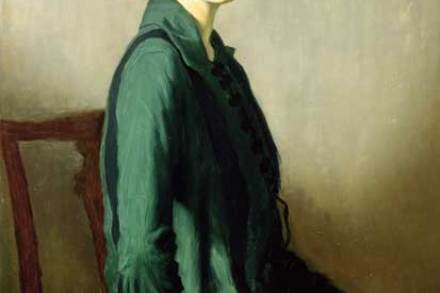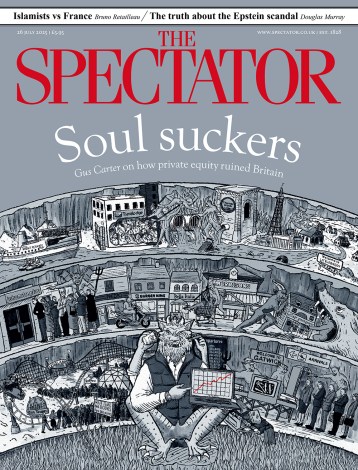Vita in her ivory tower: a portrait of a lonely, lovelorn aristocrat who yearned to be mistress of her own ancestral home
Visitors to the National Trust’s Sissinghurst — the decayed Elizabethan castle transformed by Vita Sackville-West in the early 1930s — are regaled by picturesque extracts from Vita’s landscape poems, and moving professions of love to and from her husband Harold Nicolson. Matthew Dennison’s title, Behind the Mask, indicates his ambition to get beyond such projections



















